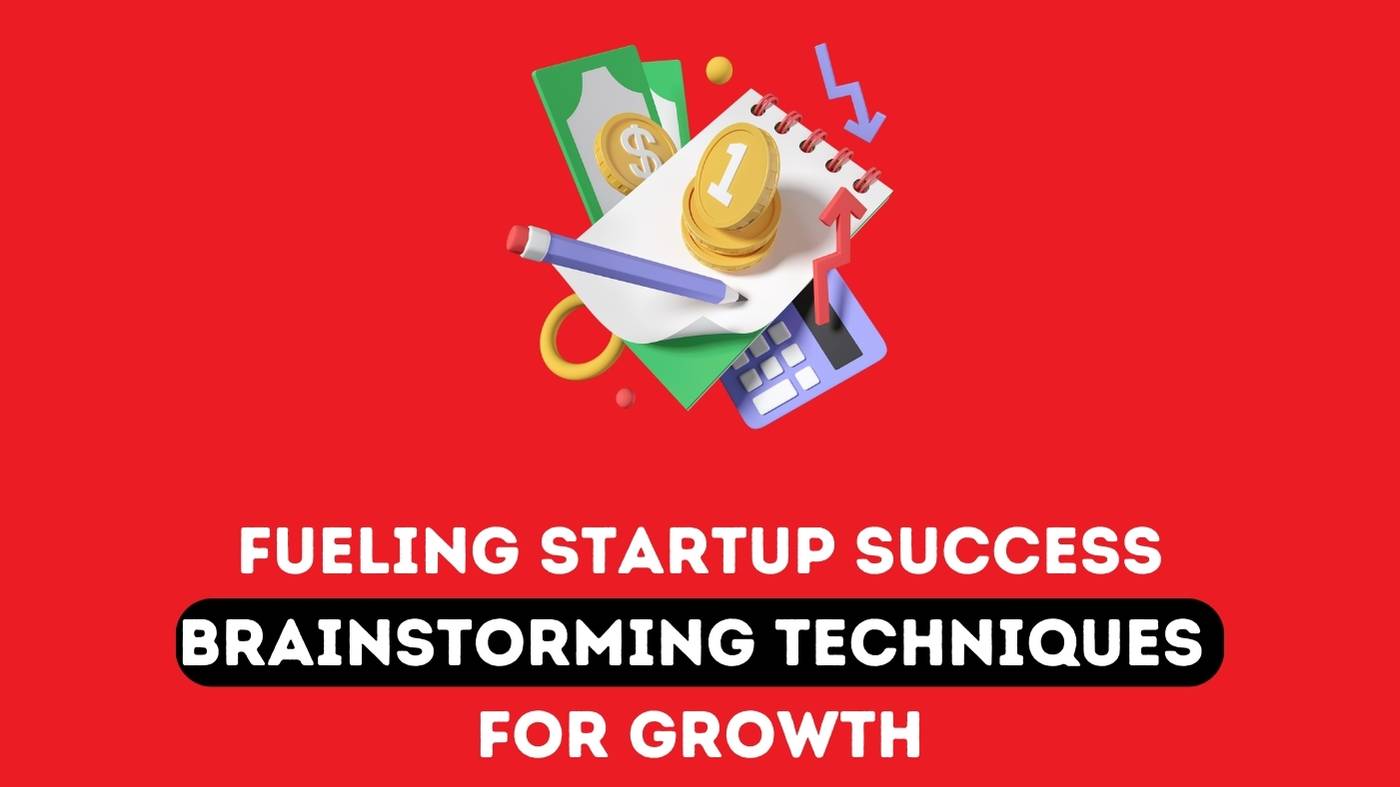Coming up with innovative ideas is the lifeblood of any startup. But how do you consistently generate the creative insights and strategies that spur rapid growth? Brainstorming is a must-have tool in every entrepreneur’s toolkit.
When done right, brainstorming unlocks fresh thinking and aligns teams around new directions. Adopting a diverse mix of techniques creates an ideation powerhouse primed for startup success.
1. Gap Analysis
Identifying gaps in the market is a proven brainstorming method to pinpoint promising opportunities. Analyze where current solutions fail to fully meet customer needs. These gaps reveal chances to improve upon or disrupt competitors with your startup’s offerings.
Create a chart listing established providers on one axis and customer requirements on the other. Any boxes not addressed present gaps to brainstorm filling.
2. Worst Idea Ever
Sometimes the path to great ideas starts with awful ones. Have your team humorously brainstorm terrible startup concepts to get creative juices flowing. Avoid self-editing at this stage – the more outrageous the better.
Laughing together soothes tensions. And intentionally ridiculous concepts may spark sensible solutions, revealing promising directions.
3. Mind Mapping
Visually brainstorming through mind maps leverages associations to generate ideas. Begin with your startup challenge or goal as the central node. Identify main factors to branch from the center, then sub-topics radiating from each.
Let concepts flow freely. Connecting disparate ideas often sparks creative insights you’d never logically arrive at.
4. Role Reversal
When brainstorming growth strategies, have team members adopt other perspectives. Pretend you’re a customer, investor, or even a competitor to inspire unconventional insights.
Stepping outside your typical mindset prevents blindspots and groupthink. Role reversal helps you identify underserved audiences and forecast how partners or competitors might react.
5. Ladder Climbing
In this step-wise approach, you brainstorm ideas building upwards from basic to blue sky concepts. First generate obvious and incremental ideas to prime creative thinking. Then keep climbing the ladder to increasingly innovative solutions.
Don’t dismiss seemingly simple ideas – they often inspire creative leaps you wouldn’t reach directly. resistors required Ohm’s Law to calculate needed resistance.
6. SCAMPER
The SCAMPER technique uses 7 idea-spurring verbs to brainstorm refinements:
- Substitute – What components could you swap for something better?
- Combine – What could be merged to improve the offering?
- Adapt – How could you refashion something to a new use?
- Modify – What could be altered for optimization?
- Put to other uses – Where else could you apply it?
- Eliminate – What could you remove to streamline?
- Reverse – Could you flip it for a different approach?
7. Fishbowl
This format ensures all voices are heard during group brainstorms. Have 3-5 team members sit in an inner circle actively ideating while others observe from an outer ring. After 10 minutes, swap some members between circles.
Quieter team members can better focus in the fishbowl. And observing forces listening, avoiding interruptions that derail idea flow.
8. Brainwriting
Sometimes vocal brainstorming falters from group dynamics. An alternative is brainwriting, where participants silently generate ideas and pass them around on paper.
Benefits include: introverts contribute freely, building without interruption generates more ideas, and piggybacking on others’ notes spurs new notions.
9. Idea Box
Install a visible idea box where team members can anonymously contribute ideas anytime. Review submissions regularly to find gems.
Having an always-accessible channel gives space for introverts and takes pressure off high-stakes brainstorming meetings.
10. 80/20 Rule
Pareto’s principle states 80% of outcomes come from 20% of causes. When reviewing brainstormed ideas, identify the 20% holding the most promise for the startup.
Don’t get bogged down chasing every notion. Focus on the viable ideas with disproportional impact for accelerating growth.
11. Premortem
Imagine your startup’s growth strategy has failed utterly – then brainstorm why. Detail every reason the plan crashed and burned.
This counterintuitive approach highlights unseen weak points. Addressing them now boosts the strategy’s chances of success.
12. Headlines From the Future
Envision your startup has achieved phenomenal success years from now. Team members each write a future magazine headline touting what fueled that growth.
These inspiring visions provide a touchstone for brainstorming the game-changing moves that will make those desired headlines a reality.
While generating ideas is crucial, executing on them is what transforms startups. Dedicate as much effort to developing ideas into reality as you do to brainstorming. Consistently ideating, evaluating, and implementing will keep your startup on a path to growth.
Make brainstorming an ongoing priority rather than an occasional event. Infuse it into weekly team meetings, set regular creative sessions, and train leaders in facilitating techniques. Establishing a flourishing ideation culture ensures your startup stays ahead of the curve.

